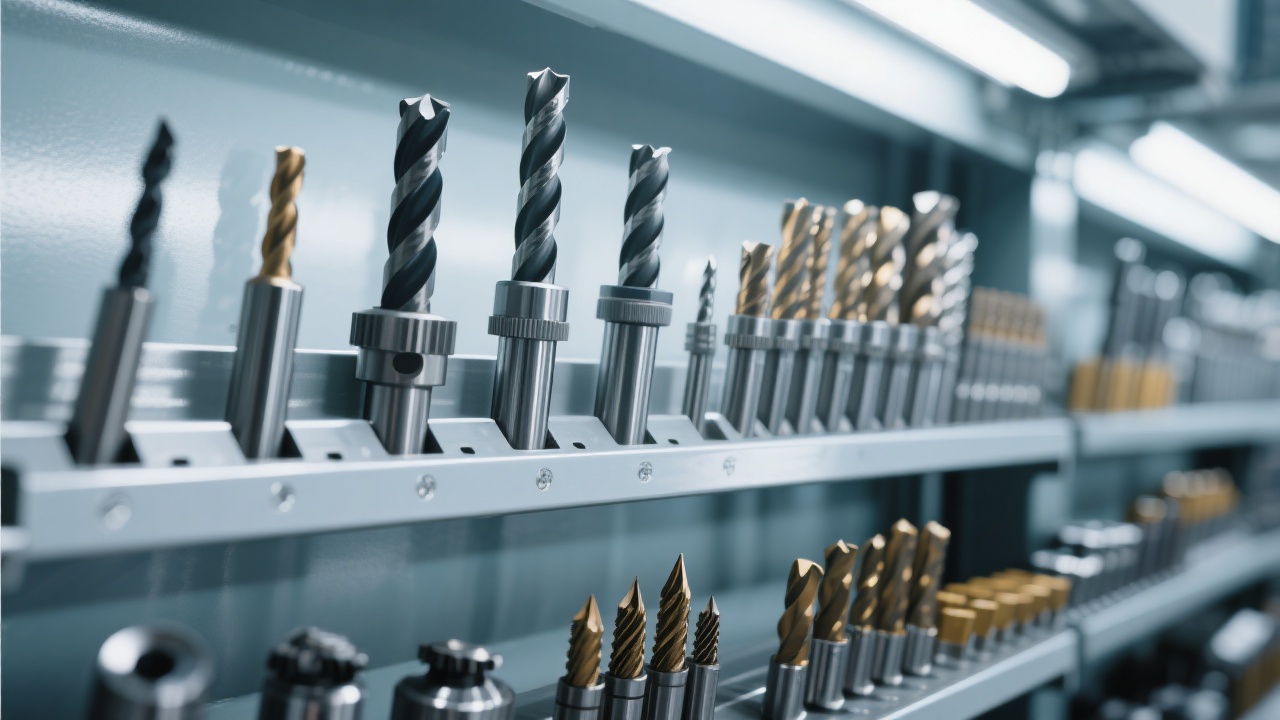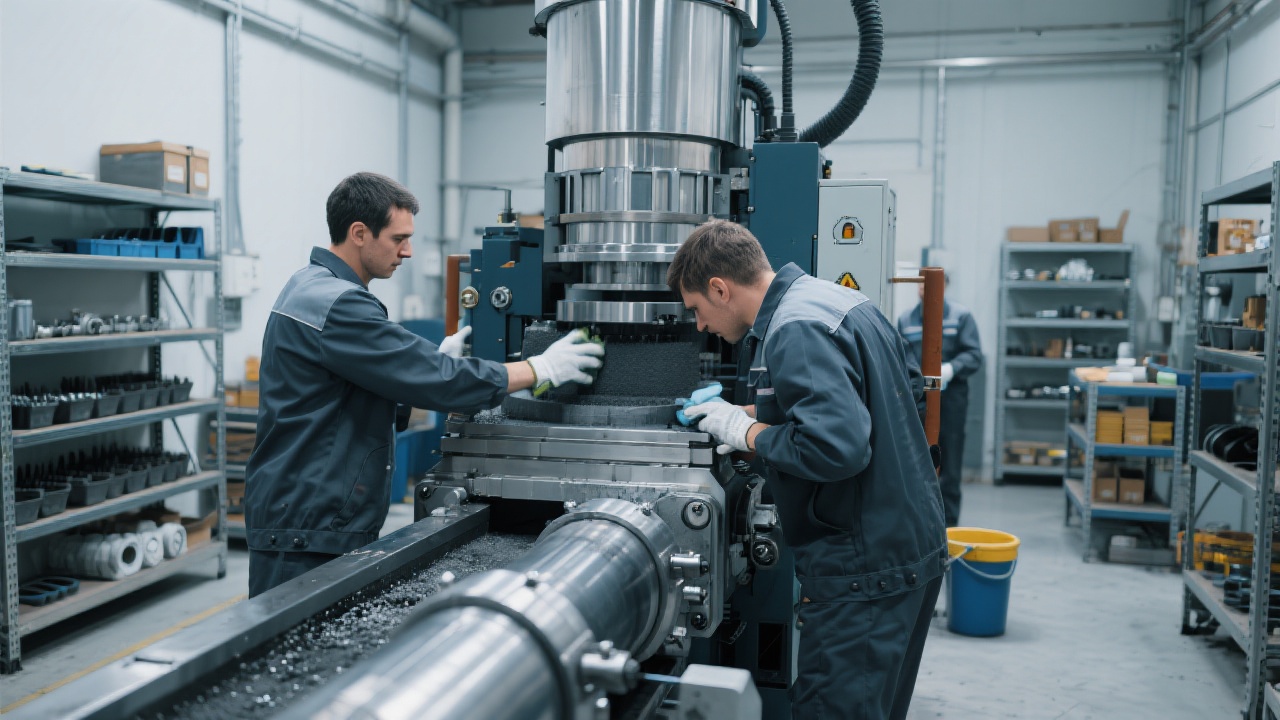
In the world of large component manufacturing—think aerospace frames, heavy machinery housings, or shipbuilding parts—precision and tool longevity are not just nice-to-haves; they’re survival metrics. Many buyers still underestimate how much vibration, deflection, and thermal drift affect their bottom line. That’s where the GV1625 Double-Column CNC Milling Machine steps in—not as another machine, but as a system engineered for stability.
The GV1625 isn’t built with “good enough” steel—it’s constructed from a monolithic cast iron base and reinforced twin columns that reduce flex by up to 47% compared to standard column designs (based on ISO 230-1 test data). This rigidity means minimal deflection during deep cuts or high-feed operations—even at speeds over 120 m/min. In practical terms? Your surface finish improves from Ra 6.3 μm to Ra 1.6 μm consistently across batches.

Let’s talk numbers:
| Metric | Before GV1625 | After GV1625 |
|---|---|---|
| Tolerance Deviation (mm) | ±0.15 | ±0.03 |
| Tool Wear Rate (mm/hour) | 0.22 | 0.08 |
| Cycle Time Efficiency (%) | 82% | 94% |
These aren't hypotheticals—they come from real-world applications in Germany, Japan, and Brazil. One German automotive supplier reported a 60% drop in rework costs after switching to GV1625 for engine block machining. Why? Because stable cutting eliminates chatter, which is the #1 cause of premature tool failure.

What sets GV1625 apart isn’t just its build—it’s how it changes your workflow. With consistent precision, you can confidently push feeds higher without fear of dimensional errors. And because tools last longer, you spend less time changing them and more time producing. For clients in oil & gas or rail transport, this translates to ~$12,000 saved per month per machine in maintenance and downtime.
In short: if you're tired of chasing tolerances and replacing tools every few hours, the GV1625 might be the missing piece in your production puzzle.
Pro Tip: Don’t just look at specs—ask yourself: "Can my current setup handle 500+ hours of continuous operation without drifting?" If not, stability isn’t optional anymore—it’s essential.

If you’re evaluating equipment for complex, large-scale parts—and want to reduce scrap, extend tool life, and boost throughput—you’re already thinking like a smart buyer. Now it’s time to act.
Get Your Free Stability Assessment Report →